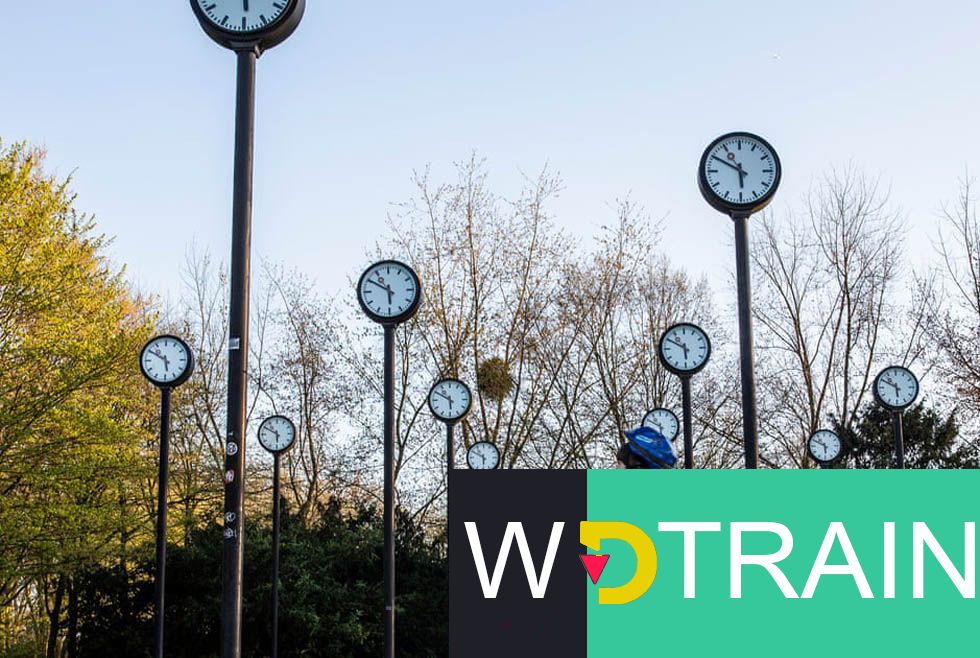Sleep-deprived Americans may be rejoicing this week, if they have the energy: it could be the last time daylight saving time kills a precious hour of snoozing. But those extra hours of evening light could come at a cost.
On Tuesday, days after we moved our clocks forward, the Senate – which refuses to tackle the climate crisis or ensure people can vote – somehow managed to unanimously support a bill to make daylight saving time permanent.
Senators from both parties celebrated the passage of the grandiosely named “Sunshine Protection Act” – and instinctively, as a late riser, I found myself agreeing with them. Bright evenings for after-work strolls, sun-kissed drinks on a Friday night … who could object?
Well, the experts could. The American Academy of Sleep Medicine (AASM) released a statement in response to the Senate’s move, hailing the end of clock-changing but arguing that it should be standard time, not daylight time, that is made permanent. The organization cited an earlier position statement pointing out that “daylight saving time is less aligned with human circadian biology” than standard time.
“Permanent, year-round standard time is the best choice to most closely match our circadian sleep-wake cycle,” said the statement’s lead author, Dr M Adeel Rishi, in an accompanying release. Tinkering with our bodies’ natural rhythms could lead to “increased cardiovascular disease risk, metabolic syndrome and other health risks”, the AASM said.
“The reason it’s called standard time is because when they came up with these time zones, they did their best to pick the time when the sun was immediately overhead at noon,” said Dr Beth Ann Malow, a neurologist and sleep expert at Vanderbilt University Medical Center who recently testified before House legislators on the issue. “So the idea is that it’s most aligned with getting light when we should get light biologically.”
Malow agrees that we should eliminate the twice-yearly changing of the clocks, which she says is associated with medical risks including heart attack and stroke. But of course, by moving the clocks forward, we’re not actually “protecting the sunshine” as the bill claims. We’re just moving it later in the day, meaning more trudging to work or school in the wintry dark.
One misconception that came up in the House hearing is that dealing with daylight saving time is akin to dealing with jet lag, which travelers face routinely. But that’s a very different issue, Malow says, because when you travel, your environment is changing rather than just your clock. “When you actually change time zones, the light is traveling with you, so it’s easier to adapt,” she says. But when daylight savings begins, the sun’s position hasn’t changed. “That’s why some people actually get over jetlag, even though it could be multiple time zones, quicker than they do the whole one hour of daylight saving time.”
Sleep experts are “big believers in the idea that morning light is really healthy for the body and helps synchronize biological rhythms,” Malow says. “I worry that going to permanent daylight, which is what the Senate just voted to do, is going to hurt a lot of people who really need that morning light.”
And contrary to what I’d thought, that includes night owls like me. With the world conspiring to make us operate on a schedule tailored to earlier risers, those who have what’s known as delayed sleep phases – which are all the rage among teenagers – need the morning light to help them. “When I’ve taken care of people with delayed sleep phase, let’s say high school students, and they have to be in school at a certain time, I make sure that they get that light in the morning. We get them light boxes if they need, just to try to get them awake,” Malow says.
Dr Jamie Zeitzer, who studies psychiatry and sleep medicine at Stanford University, agrees that we should stop the constant clock-changing, and that morning light is particularly important. But he remains uncertain about whether daylight time or standard time is a better permanent solution, arguing that while the existing evidence favors standard time, more research is needed.
“I don’t think we have sufficient data to say that the biological aspects of it should outweigh all things,” he says. In addition to biological concerns, “you also have economic ones. You’ve got social ones – would you rather have kids standing outside for the bus in the dark in the morning, or kids able to play sports after school in the evening? Different people want different things.”
At Malow’s House hearing, Steve Calandrillo, a law professor at the University of Washington, enumerated some of those external concerns, arguing in favor of permanent daylight savings by noting that, for instance, crime and traffic are higher in the evening; there may be energy savings involved; and later daylight benefits commercial interests. He cited a 2004 study that argued permanent daylight savings could prevent 366 pedestrian and motor vehicle occupant deaths per year.
But, as Aaron Blake writes in the Washington Post, it is not clear that the practice offers dramatic energy perks, and it may even increase gasoline consumption. As for crime risks, poor sleep may harm our situational awareness, Malow notes. The non-profit National Safety Council, whose focus includes traffic safety, endorsed the AASM statement. And should we account for regional differences in any decision? Perhaps permanent daylight savings appeals to people in Florida, including Marco Rubio, who championed the bill, but not in the midwest, both Malow and Zeitzer say.
In fact, the US has tried permanent daylight saving time before, most recently in 1974 amid an energy crisis. There was little evidence that later light would actually save energy, but the idea was popular, Blake writes. After just a few months of dark mornings, support for the idea plummeted from 73% to 30%. “People were sending their kids to school in the dark, and it was just super unpopular,” says Malow, who was disappointed senators didn’t take heed. “We don’t want to make the same mistake twice.”
Given experts’ concerns, why did a Senate that reaches consensus about once per millennium have no trouble passing the bill? Some senators did have a problem with the plan, according to reporting from BuzzFeed News, but it was passed via a procedural move known as unanimous consent that slipped under some lawmakers’ radars. Now the bill heads to the House, where Malow was glad to see more careful consideration of the issue.
“Rather than jumping into, ‘Well, let’s just get rid of that,’ they want to do the analysis,” she says.
Zeitzer would like to see lawmakers going to federal bodies such as the National Institutes of Health and the Occupational Safety and Health Administration to commission thorough investigations of the risks and benefits of change.
“But that may be my fantasy, that the Senate actually cares about data, and facts, and things like that,” Zeitzer says. “It’s not like they’re saying: ‘Oh, here’s this report that was put out that examines nationwide crime rates.’ It’s always, you know, ‘Doesn’t it make sense?’ And usually anything that makes sense isn’t true.”






